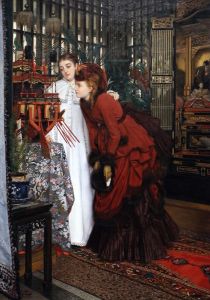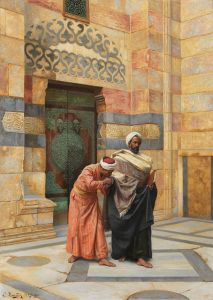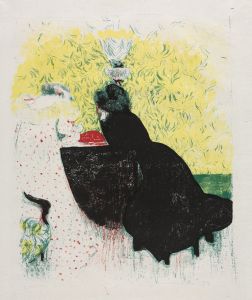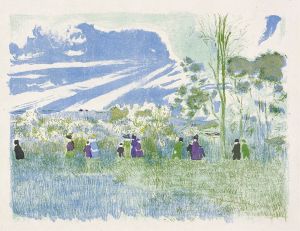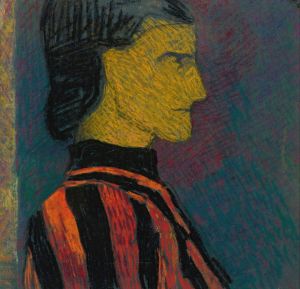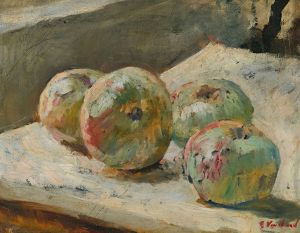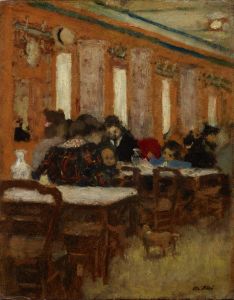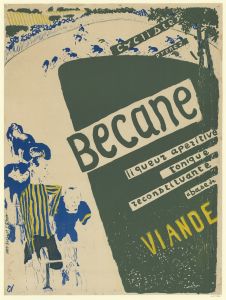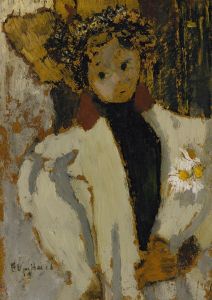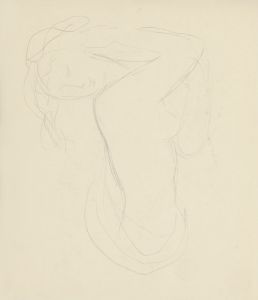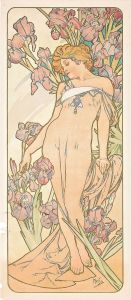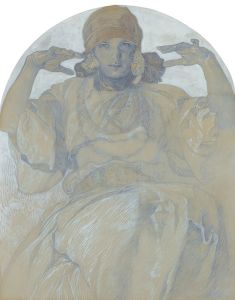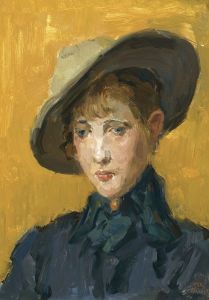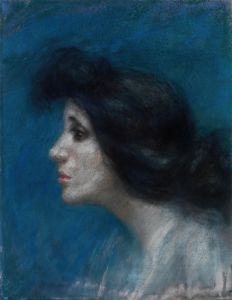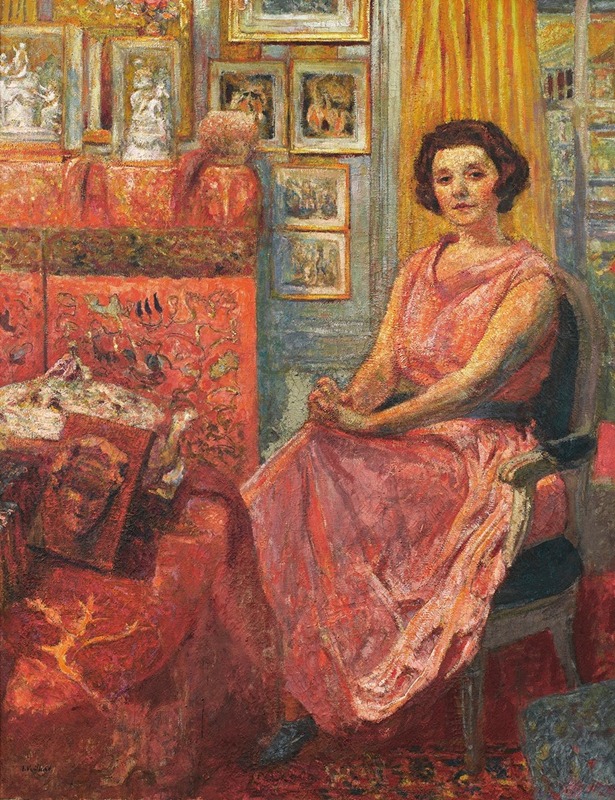
Madame Reine Bénard
A hand-painted replica of Édouard Vuillard’s masterpiece Madame Reine Bénard, meticulously crafted by professional artists to capture the true essence of the original. Each piece is created with museum-quality canvas and rare mineral pigments, carefully painted by experienced artists with delicate brushstrokes and rich, layered colors to perfectly recreate the texture of the original artwork. Unlike machine-printed reproductions, this hand-painted version brings the painting to life, infused with the artist’s emotions and skill in every stroke. Whether for personal collection or home decoration, it instantly elevates the artistic atmosphere of any space.
Édouard Vuillard, a prominent French painter associated with the Nabi movement, created the painting "Madame Reine Bénard" in the early 20th century. Vuillard is renowned for his intimate domestic interiors and portraits, often capturing the essence of bourgeois life in France during the Belle Époque. His work is characterized by a unique blend of Impressionist and Post-Impressionist techniques, with a particular emphasis on pattern and color.
"Madame Reine Bénard" is a testament to Vuillard's skill in portraying the subtleties of human presence within a space. The painting features Madame Reine Bénard, a figure who, like many of Vuillard's subjects, is depicted in a domestic setting. Vuillard's approach to portraiture often involved capturing his subjects in their natural environments, surrounded by the objects and patterns that defined their daily lives. This method allowed him to convey not just the physical likeness of his subjects but also a sense of their personal world and character.
Vuillard's technique in "Madame Reine Bénard" reflects his interest in the decorative arts. He frequently incorporated intricate patterns and textures into his compositions, drawing inspiration from textiles, wallpapers, and other elements of interior design. This attention to detail is evident in the painting, where the interplay of colors and patterns creates a rich, immersive atmosphere. Vuillard's use of muted tones and soft brushwork contributes to the intimate, almost dreamlike quality of the scene.
The painting is also notable for its composition. Vuillard often employed unconventional perspectives and cropping in his work, influenced by Japanese prints and photography. In "Madame Reine Bénard," the composition may include such elements, inviting viewers to engage with the scene in a more personal and immediate way. This approach reflects Vuillard's broader artistic philosophy, which sought to blur the boundaries between art and life, encouraging viewers to find beauty and meaning in everyday moments.
Vuillard was part of the Nabi group, a collective of avant-garde artists who sought to redefine the role of art in society. The Nabis were influenced by Symbolism and sought to infuse their work with spiritual and emotional depth. Vuillard's contribution to this movement is evident in his ability to transform ordinary scenes into profound visual experiences, as seen in "Madame Reine Bénard."
Throughout his career, Vuillard maintained a close connection with his subjects, often painting friends, family, and patrons. This personal approach is reflected in the warmth and intimacy of his portraits. While specific details about Madame Reine Bénard herself may not be widely documented, her portrayal in Vuillard's work suggests a figure of grace and presence, captured with sensitivity and nuance.
"Madame Reine Bénard" exemplifies Vuillard's mastery of color, composition, and the depiction of domestic life. It stands as a significant example of his contribution to early 20th-century art, embodying the themes and techniques that define his oeuvre. Vuillard's work continues to be celebrated for its ability to convey the beauty and complexity of everyday existence, inviting viewers to appreciate the subtle interplay of light, color, and form.





